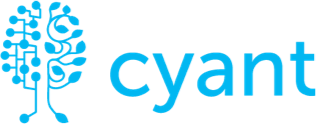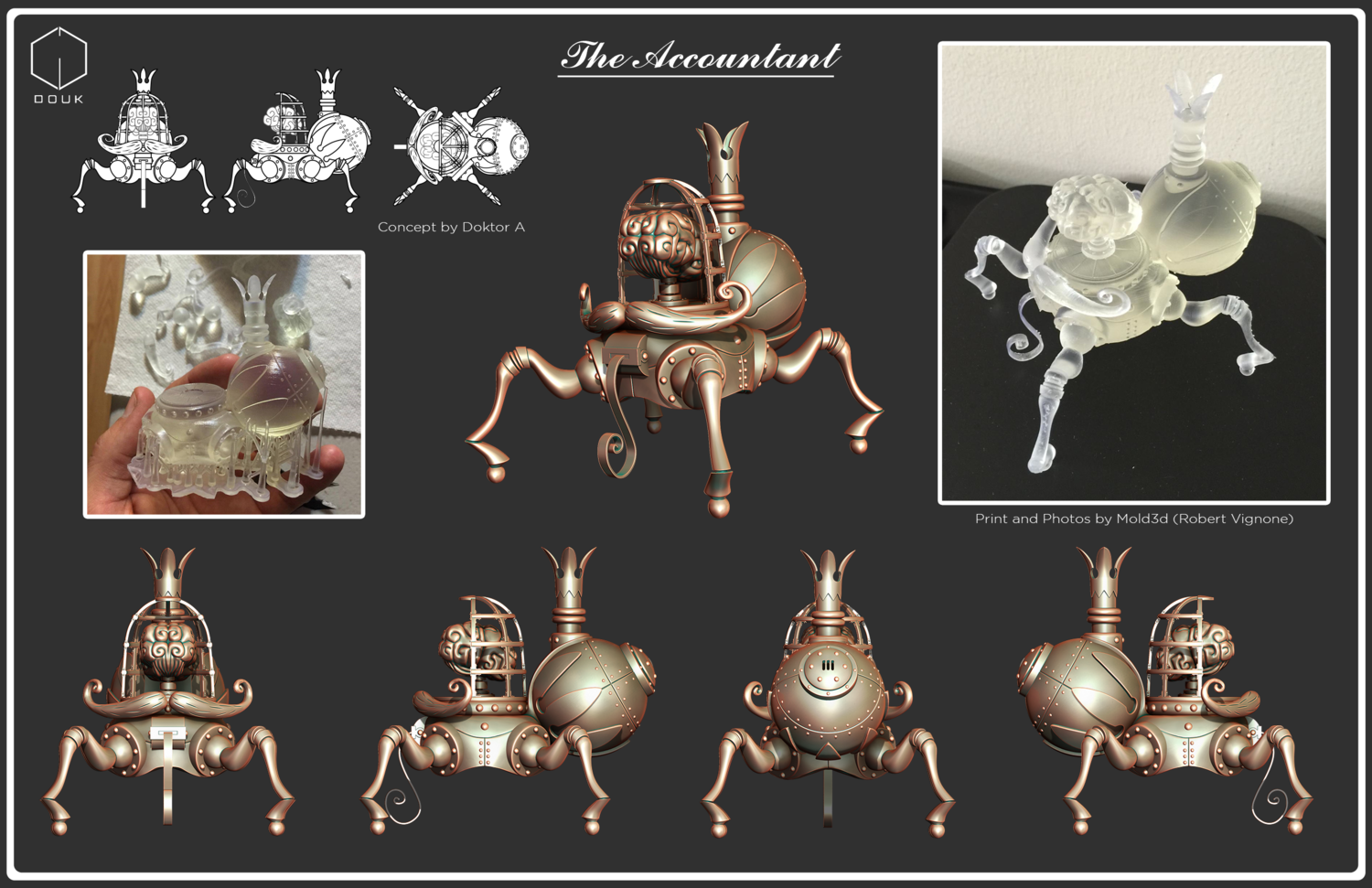The movie and entertainment industry at large has been embracing digital design for some time, and increasingly 3D Printing, with 3D printed props and assets used in movies ranging from Black Panther to First Man. Behind the scene, 3D artists and asset builders such as today’s #CyantistWeLove Christina Douk create 3D modeling, geometry and 3D printing magic to make characters and set designs appear! A past #3DTalk speaker, Christina has recently worked on films including Thor: Rognarok and Captain Marvel. In addition, she has created her own robot toy line and more! We are so excited to feature her, how she works each day, her advice to young Cyantists interested in this field, and of course, her favorite thing to draw! :)
Cyant: It is exciting to see how 3D modeling and 3D printing are being used in movies and are creating new visual effects and experiences. Can you describe how they have been part of your work in recent movies you have worked on?
Christina: Most of the work I do in feature film uses 3d modeling, where we build many assets for films as well as work with client files to optimize them for our production. I work on the 3d visualization side which incorporates: “pitchvis", a production that we do to give the clients an idea of what the film can look like before it is greenlit; “previs", the production where we develop the look and storytelling through set designing and shot creation; “techvis", the process of preparing camera and set information to assist with filming; and “postvis", the process of combining filmed plates with our CG work to give an idea of what the film looks like before sending it to finals visual effects companies.





























